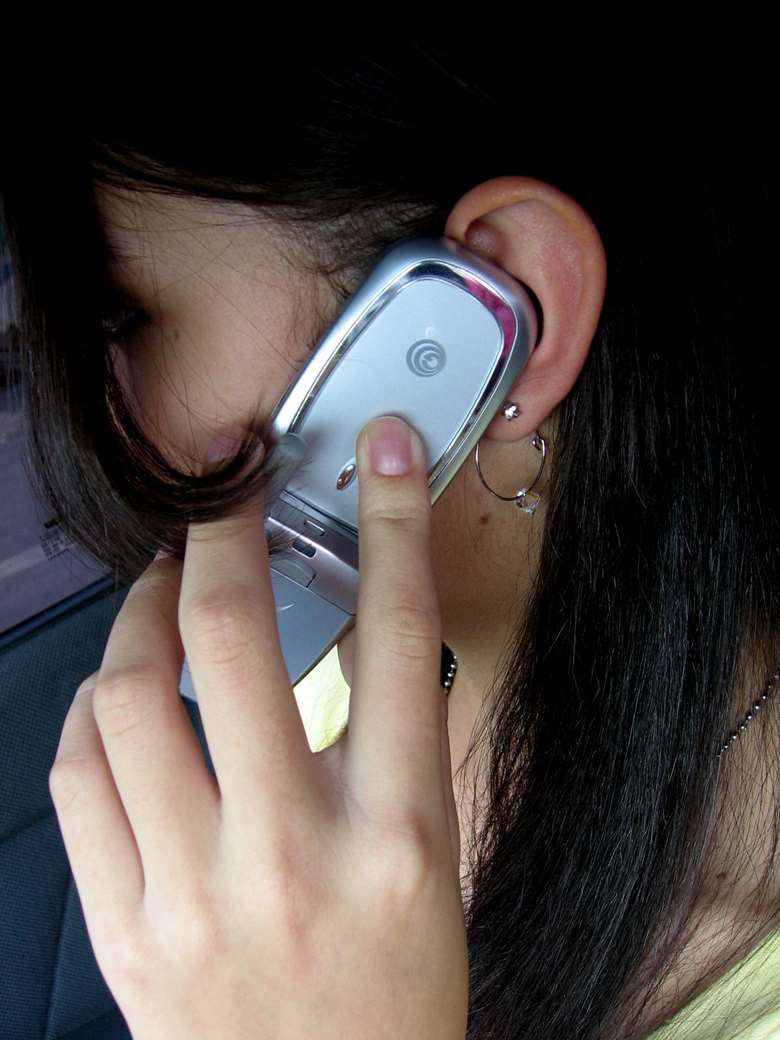Study exposes extent of ‘sexting' among children
Neil Puffett
Tuesday, April 30, 2013
Primary school children view pornography and are regularly "sexting" explicit pictures of themselves to others, a study has found.

A survey of 7,000 children found that on average children first see pornography aged 11, while girls as young as 12 agree to requests from their boyfriends to send revealing pictures or photographs of themselves carrying out sex acts.
The survey, carried out on behalf of a preventative education project run by Southampton Rape Crisis, also found that boys frequently send pictures of their genitals to female pupils.
The findings have led to calls for action to tackle the issue.
Claude Knights, director of anti-bullying and child abuse charity Kidscape, said there needs to be more education projects for both children and their parents.
She told CYP Now that children can easily access hardcore pornography through mobile phones that can influence their sexual development.
"Parents must be educated about talking to their children about the issue and ensuring content filters are applied to mobile devices," she said.
“I think sexting is something that anyone working in the area of safeguarding is worried about – it is a growing trend and is beginning to descend into primary schools.
“Young people need to be helped to understand the consequences of what they are doing, both for their relationships now and in the future.
“There is work going on to do this but it isn’t enough."
The survey echoes findings of the NSPCC, which last month said it had recorded an increase in the number of children it supports who have been involved with sexting.
The apparent increase in sexting comes despite efforts in recent years to tackle the issue.
In February 2011, the Child Exploitation and Online Protection Centre (Ceop) warned of the threat of emerging technologies, revealing it was ploughing resources into raising awareness among children about the dangers of taking revealing photographs of themselves on mobile phones.
It produced a short video, to be shown in schools, advising children of the risks.




